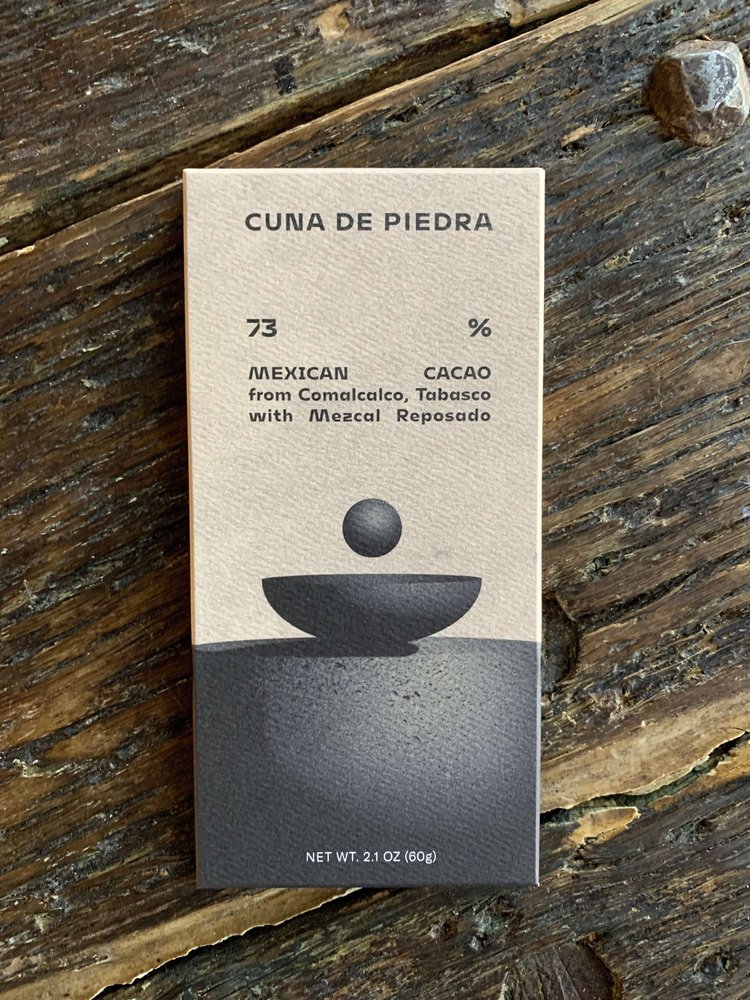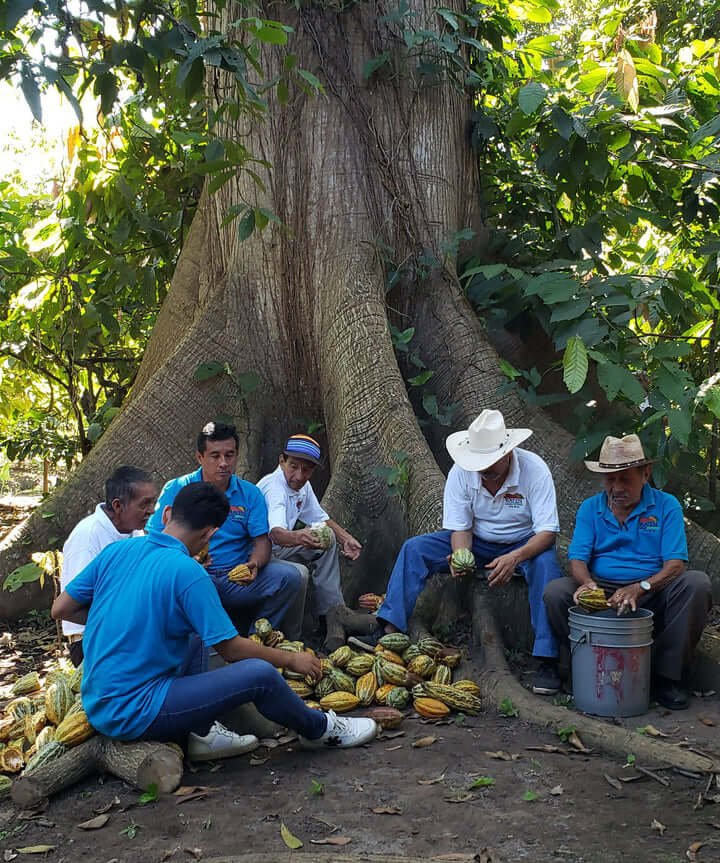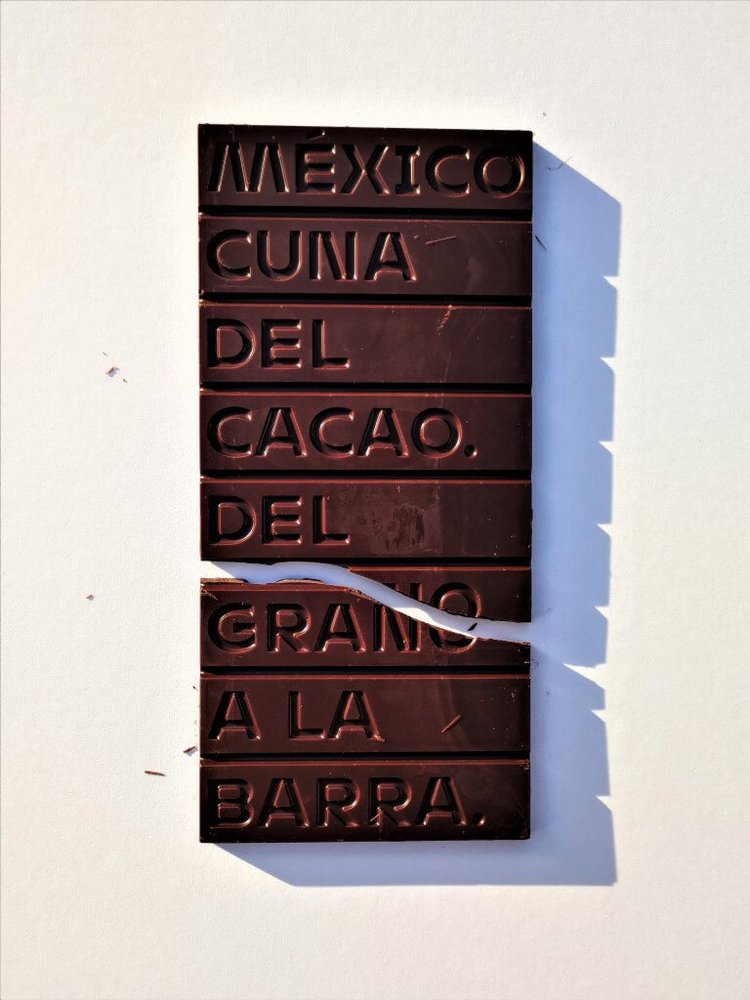Heard about MOCCA? Maximizing Opportunities in Coffee and Cacao in the Americas.
It’s a fairly massive, five-year, $36.4-million dollar project created and implemented by Lutheran World Relief and TechnoServe.
The goal? Build the key agricultural sectors of cocoa and coffee in Guatemala, El Salvador, Honduras, Nicaragua, Ecuador and Peru to directly improve the livelihoods of more than 120,000 farmers and throughout the cocoa value chain.
As part of that effort, the Fine Chocolate Industry Association’s Mey Choy Paz and John Kehoe, director of sustainability at Guittard Chocolate Company, conducted two sensory training sessions and a follow-up workshop in Ecuador to provide useful (and measurable) quality standards for tasting chocolate.
>>Discover The World of Chocolate: The Fine Chocolate Online Market
This process is being conducted with cooperation from INIAP (Instituto Nacional de Investigaciones Agropecuarias) at their facility in Ecuador and ANECACAO (Asociación Nacional de Exportadores de Cacao e Industrializados), a private sector non-profit dedicated to the well-being and development of Ecuador’s cocoa producing and exporting sector.
Tasting Chocolate: ANECACAO Sensory Training #1
Sensory training was provided by the MOCCA Project, Guittard Chocolates and Bioversity for INIAP and ANECACAO at the INIAP—Pichilingue facilities on March 10-11, 2022.
The objective of the Capacity Building for the Sensory Analysis of Cocoa in Ecuador project is to develop chocolate tasting sensory capacities for representatives of the public sector (INIAP) and private sector (ANECACAO).

Previously, equipment was delivered to the Cocoa Quality Laboratory at INIAP and samples of cocoa paste and liquor were processed following the protocols worked by the ISCQF working group (International Standards for the Evaluation of the Quality and Flavor of Cocoa) with the aim of aligning the operation of the equipment and having samples of cocoa paste for this training.
Reference samples from the CoEx were also used to collect data for the baseline of the participants and to know reference flavors by sample origins. Continuing with the objective of training and aligning quality standards, training using Excellencia Cocoa’s Sensory Evaluation Form for Cocoa and Chocolate Liquor.
The activities were developed by John Kehoe (Guittard Chocolates) and Dolores Alvarado (Bioversity) with FCIA’s Mey Choy Paz (Private Sector Liaison ) as facilitator and in-person coach.
This first training included 14 participants, two of whom participated virtually. The training started with a sensory analysis exercise to produce data that will serve as baseline information of the participants, and will serve to evaluate the capabilities of participants in this first sensory training.
An introduction to the ISCQF protocols was made by Alvarado of Bioversity to publicize the evolution and work done by this group. During the two days of training, cocoa tasting sessions were held with reference samples and the use of the Sensory Evaluation of Cocoa Excellence to explain the use of this file and explain descriptor references to participants. These sessions were developed by Mey Choy in person and John Kehoe virtually.
The success of this project is based on the action and joint work of collaborators who provide resources and knowledge for the implementation and correct operation of the laboratories, as well as sensory evaluation of cocoa liquor to value and highlight Ecuadorian cocoa—the starting point for the creation of the Panel of Tasters of Ecuador.
Tasting Chocolate: ANECACAO Sensory Training #2
The second sensory training was provided by the MOCCA Project, Guittard Chocolates and Bioversity for INIAP and ANECACAO at the INIAP Litoral Sur—Boliche facilities May 31-June 1, 2022.
As part of the project Capacity Building for the Sensory Analysis of Cocoa in Ecuador, the objective of which is to develop sensory capacities for representatives of the public sector (INIAP) and private sector (ANECACAO). In this second training, we worked with 25 participants who had received requests from their partners to join these training as indicated by the representative of ANECACAO.

The activities in this training were developed by John Kehoe, Alvarado, Nubia Martinez (Member of CoEx) and Mey Choy Paz. The event kicked off with a presentation by Nubia Martinez on the Sensory Evaluation of Cocoa Liquor and the ISCQF evaluation sheet.
Next, Alvarado presented the results of the baseline exercise performed by the participants of the first sensory training; Prior to this, the results were shared with each of them individually so they could visualize the development of the evaluations and offer feedback on possible improvements.
The first tasting session was carried out with three Cocoa of Excellence reference samples to calibrate and compare the scores of the participants against samples previously evaluated by the CoEx panel. The second tasting session consisted of six samples of Cocoa Liquor prepared by the participants of the first training. Cocoa beans EET484 provided by INIAP Pichilingue were distributed. The objective of this exercise was to see the differences in the flavors of the same type of cocoa by processing in different equipment and with different parameters (as they work in their own laboratories). It was a valuable exercise because they were able to visualize differences in taste.
On the second day of training, we started tasting one of the samples of the EET484 analyzed the day before to calibrate the participants. After that, the exercise began with the nine samples of the intermediate line to all the participants. This data was sent directly to Alvarado to process and gauge participants’ progress. The last tasting chocolate session was carried out on samples of iniaP clones 800 and 801 and on three samples from different sources to evaluate the differences in flavors.

Continued training in tasting chocolate is being supplied to the participants with samples of cocoa paste via Guittard for the third and last training session coming up in September, 2022. Also, an introduction to the ISCQF protocols was conducted by Alvarado to publicize the accomplishments and evolution of this hard-working group.
The success of this project is based on the action and joint work of the collaborators of the project, who will provide resources and knowledge for the implementation and correct operation of the laboratories and sensory evaluation of the cocoa liquor to value and highlight Ecuadorian Cocoa—the starting point for the creation of the Panel of Tasters of Ecuador.
ANECACAO Sensory Training Workshop: Evaluation of Cocoa Quality and Taste Per International Standards
This workshop was held 100% in person June 7-10, 200. Alvarado of Bioversity/CIAT oversaw carrying it out together with members of the Network of Cocoa Tasters of Peru in the Specialized Workshop for the Strengthening of Capacities for the Evaluation of the Quality and Flavor of Cocoa aligned with International Standards—ISCQF.
The tasting chocolate protocols worked to date with the ISCQF were presented, as well as the Sensory Evaluation Form of Cocoa of Excellence, which will soon be used in Peru to have a common language with members of the cocoa value chain at an international level.
Although Peru has worked on a sensory evaluation sheet, which they have been using since 2016, as members of the Network of Tasters they want to use the Cocoa of Excellence file to be aligned with international standards.


































 Raul walked us through a diverse jungle of banana trees, mamey, laurel (not the european one), mango, avocado, breadfruit, guava, mandarin, grapefruit, lime, lemon, and others whose names I’ve already lost, and, of course, cacao.
Raul walked us through a diverse jungle of banana trees, mamey, laurel (not the european one), mango, avocado, breadfruit, guava, mandarin, grapefruit, lime, lemon, and others whose names I’ve already lost, and, of course, cacao.  After we had walked to the far edge of his land, abutted to a national forest preserve, we heard the gradual crescendo of the downpour breaking above. The foliage was so thick it took a while to register, but Raul and Luis hacked off banana leaves with nonchalance and distributed them as umbrellas.
After we had walked to the far edge of his land, abutted to a national forest preserve, we heard the gradual crescendo of the downpour breaking above. The foliage was so thick it took a while to register, but Raul and Luis hacked off banana leaves with nonchalance and distributed them as umbrellas.